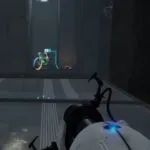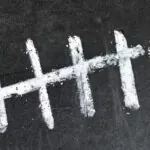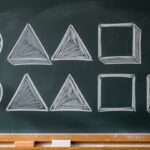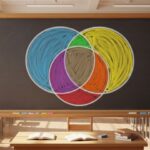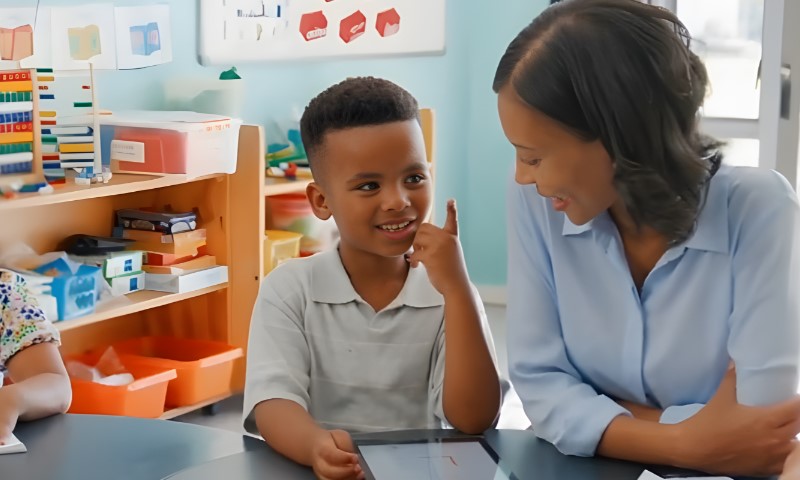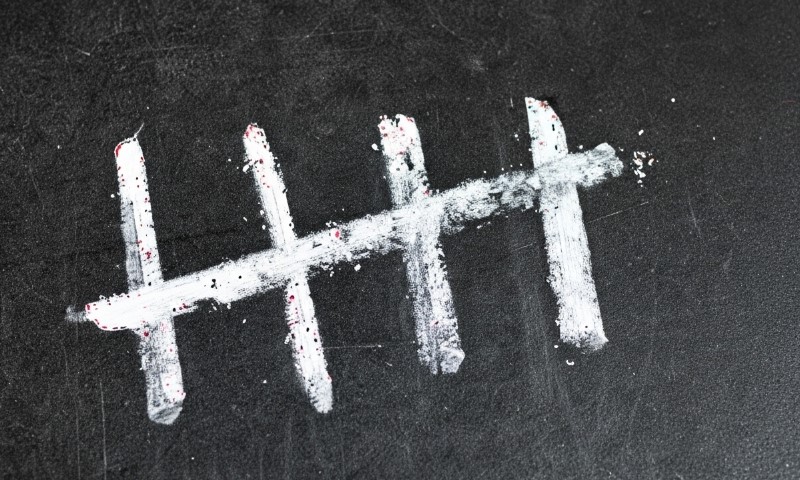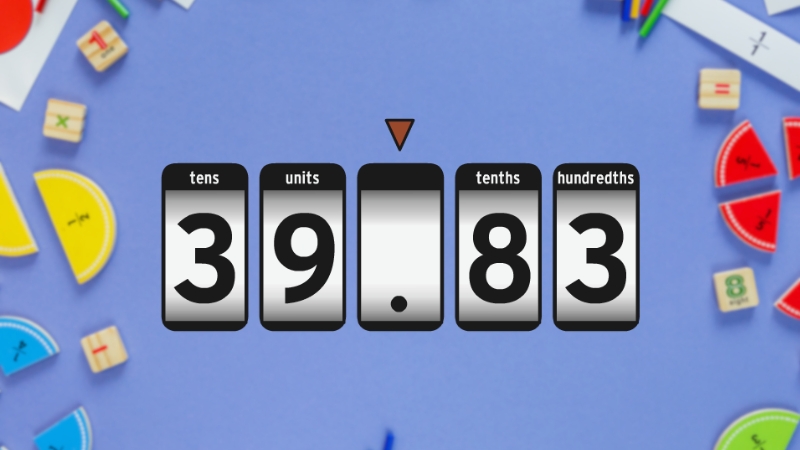
Share Post:
When you’re teaching decimals to kids in primary school, especially around grades 4 to 6, it’s not just about place value charts and worksheets.
Decimals live in the real world. They’re hiding in the price tags at the store, in measuring cups in the kitchen, and even in the height chart taped to the classroom wall. The key is making them visible, relatable, and a little bit fun.
Kids grasp ideas much faster when they can see them, touch them, and use them to solve problems they actually care about. If decimals feel abstract, they get ignored. But if they show up while shopping for snacks or making slime, they suddenly matter.
Let’s walk through a series of proven examples and activities that help bring decimals to life in the classroom.
What Decimals Actually Represent
Decimals let us describe parts of a whole. They’re built on the idea of place value, just like whole numbers, but they slide past the decimal point. In a number like 2.45, the “2” still stands for two wholes. But the “4” stands for 4 tenths, and the “5” for 5 hundredths.
In most math curricula, decimals are introduced in Grade 4, starting with tenths and hundredths. By Grade 5, students are expected to work with thousandths, compare decimal values, round them, and use them in all four operations.
And through it all, the goal is for students to see decimals not as a new rule to memorize, but as a tool they already use every day.
Visual Models That Work
If you want students to internalize how decimals work, visual models are gold. They turn “0.23” from a mystery code into something they can literally count.
If you’re curious why those models align with rigorous number theory, here’s some solid Qui Si Risolve mathematical analysis that underpins them.
Using a Hundred Chart
Bring out a 10×10 grid, often called a hundred chart. Label the whole grid as 1. That makes each square equal to 0.01 (one hundredth). Now give students different prompts:
It’s especially useful for connecting decimals to fractions. For example, 0.5 covers 50 squares—or half the grid. Seeing that 0.5 is the same as ½ becomes obvious.
The Decimal Stick (or… Lego)
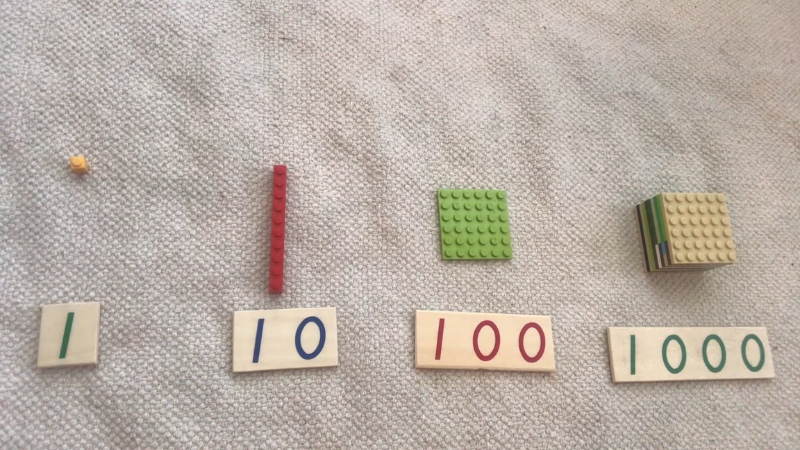
Grab a wooden stick or a strip of paper. Label one end “0” and the other “1.” Now find the halfway point (0.5), then start marking off tenths in between.
Want something more tactile? Use Lego bricks. If 10 bricks = 1 whole, then 4 bricks = 0.4. To show 1.3, use 13 bricks. That’s a full ten (1 whole) and three extras (0.3).
Number Lines
Draw a horizontal number line from 0 to 1. Divide it into 10 segments to represent tenths, or 100 for hundredths. Then challenge students:
- Where would 0.35 go?
- What’s halfway between 0.2 and 0.3?
- Which is closer to 1: 0.88 or 0.91?
Number lines help build a sense of scale and order with decimals—something worksheets alone can’t always deliver.
Everyday Decimals & Where Students See Them
Decimals are everywhere, especially in things students already use. And that’s your teaching superpower.
Money
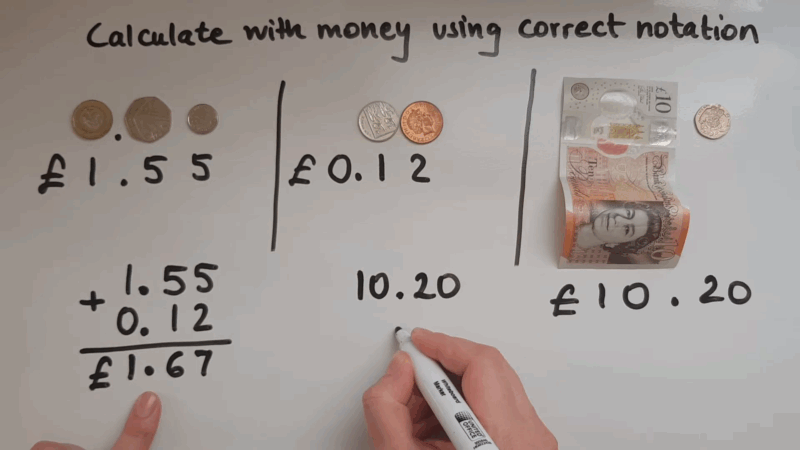
Money is the most natural entry point. A dollar is one whole. A quarter is 0.25. Two dimes? 0.20. Most students already know how to talk about cents, so decimals are just putting that knowledge into math language.
You can:
- Have students compare two prices: Is $1.30 more than $0.90?
- Calculate the change from a five-dollar bill.
- Add up items in a pretend snack shop.
It’s not just relatable—it’s empowering. You’re showing them how math works in their real life.
Measurements
Take a ruler. That 15.3 cm mark isn’t just a label—it’s a decimal. Or bring out a scale: 2.7 kg of apples or 1.5 liters of juice.
Let students use tape measures, beakers, and digital scales to record things around the room. Every number they write will likely include a decimal.
And because it’s physical, it sticks.
Cooking
3rd Grade gets cooking with decimals at Pop’s Diner #gsotp pic.twitter.com/qp6NlQVCTf
— Nicole Hartig (@hartigmotley) May 10, 2025
Cooking with decimals is practical and a little messy—in a good way. Have students follow a recipe with measurements like:
- 0.5 cups of sugar
- 1.25 teaspoons of salt
- 0.75 liters of milk
Using real ingredients gives them a feel for how big or small a decimal can be. And let’s be honest, food helps everything.
Hands-On Activities That Keep Kids Engaged
Teaching decimals doesn’t have to mean drills. When kids play with numbers in different formats, they start to internalize what those numbers mean.
The Snack Shop
Set up a classroom “store” with items labeled like this:
Item
Price
Cookie
$0.50
Juice Box
$1.75
Granola Bar
$0.90
Apple
$0.65
Give each student a few dollars in pretend money. Ask them to make purchases, calculate change, and even “shop” within a budget.
You’re practicing addition, subtraction, and place value—all in a format they enjoy.
Decimal Bingo
Make bingo cards with decimals like 0.3, 1.2, 2.5. Call out numbers, and let students mark them off. Throw in questions like “What’s 0.4 plus 0.6?” and the answer—1.0—has to be on the board.
They’re reviewing decimal values without even realizing it.
Decimal Order Card Game
Give students cards with numbers like 0.5, 0.75, 1.3, 2.0, and have them arrange them in ascending or descending order. You can turn it into a race or group competition.
To challenge them further, introduce tricky numbers like 0.09 and 0.9. It builds careful reading and place value awareness.
Decimal Counting
Start at 0.01 and go around the room, each student adding 0.01. Or try increments of 0.1, 0.25, or even 0.05. It’s simple, oral practice—but it sharpens awareness of patterns in decimals.
Decimal Art on Grids
Give each student a blank 10×10 grid. Have them shade in a specific decimal—say, 0.62. Then let them make mosaic designs using different colors for different decimals.
It blends creativity with math. And the connection between 0.01 and one tiny square never gets lost.
Showing the Link Between Fractions and Decimals
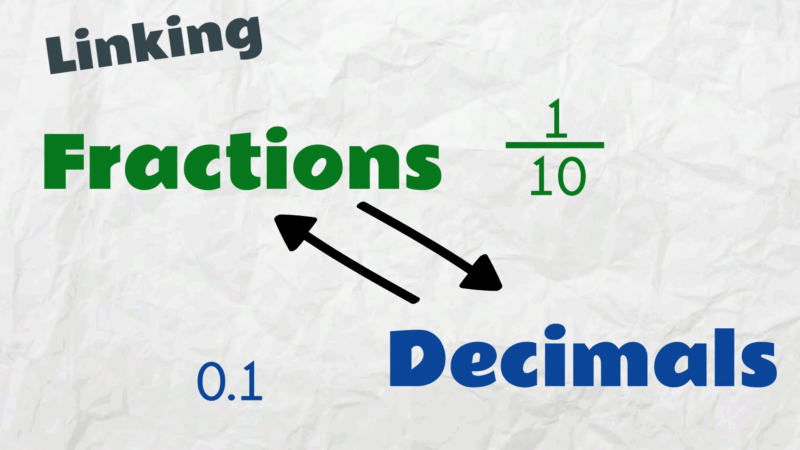
To really get decimals, students need to know how they tie into fractions. After all, 0.5 isn’t just a floating number—it’s half. And 0.25? A quarter.
Tenths and Hundredths
Use your hundred chart again. Ask students to shade 1/10. That’s 10 squares—also known as 0.1. Then try 3/10 (0.3), or 17/100 (0.17). Switch back and forth between the two formats.
Give them conversion practice:
Fraction
Decimal
1/10
0.1
3/100
0.03
7/10
0.7
9/100
0.09
It reinforces the idea that decimals are fractions in disguise.
How to Teach Rounding with Decimals
Rounding helps simplify decimals in everyday life. And it doesn’t have to feel robotic.
Rounding on a Number Line
Draw a line between 0 and 1, mark off tenths, and pick a decimal like 0.74. Ask students which tenth it’s closest to. They can see that 0.74 rounds to 0.7.
Or try with 5.6 and 5.8. It gives a sense of scale and placement.
Domino Rounding Game
Use dominoes as two-digit decimals: the 3|4 domino becomes 3.4. Let students match dominoes that are within 1.5 of each other. It forces them to think about decimal proximity and rounding rules without just memorizing them.
Real-Life Word Problems with Decimals

Example 1: Adding Lengths
A group of students measures wooden rods and records:
- 1.41 cm
- 23.87 cm
- 22.2 cm
- 44.47 cm
Ask them to find the total length. They’ll practice aligning decimal points and adding column by column. It’s about precision and patience.
Example 2: Spending and Change
Say a student buys lunch for $3.45 and pays with $5.00. How much change should they get?
Break it down like this:
- $5.00 − $3.45
- Borrow, subtract, and calculate
- The answer: $1.55
It’s functional math they’ll use for life.
Final Thoughts
@kjbr0wn listen to them 🥹 always a tricky topic! very proud of their hard work ❤️ #fyp #foryou #foryoupagе #teachersoftiktok ♬ original sound – kit
Decimals don’t need to be scary or boring. When you bring them into the real world, show them on a number line, and wrap them into games, they start making sense. Kids stop asking “when will I use this?” and start using it without thinking twice.
Use grids. Use Lego. Use cookies and juice boxes and rulers and dominos. Let kids build, measure, spend, round, and compare. Let them talk it out. Let them mess up and try again.
By the end of it all, they’ll be using them.
Related Posts:
- 10 Tips to Help Year 6 Students Understand Place Values
- 9 Fun Math Games Inspired by Real Sports That Teach…
- Algebra 1 Curriculum Breakdown – What Students Will…
- Standing or Sitting - Which Posture Helps Students…
- How Regular Practice Helps Students Overcome Math Anxiety
- 10 Best Digital Homework Platforms for Students and…



